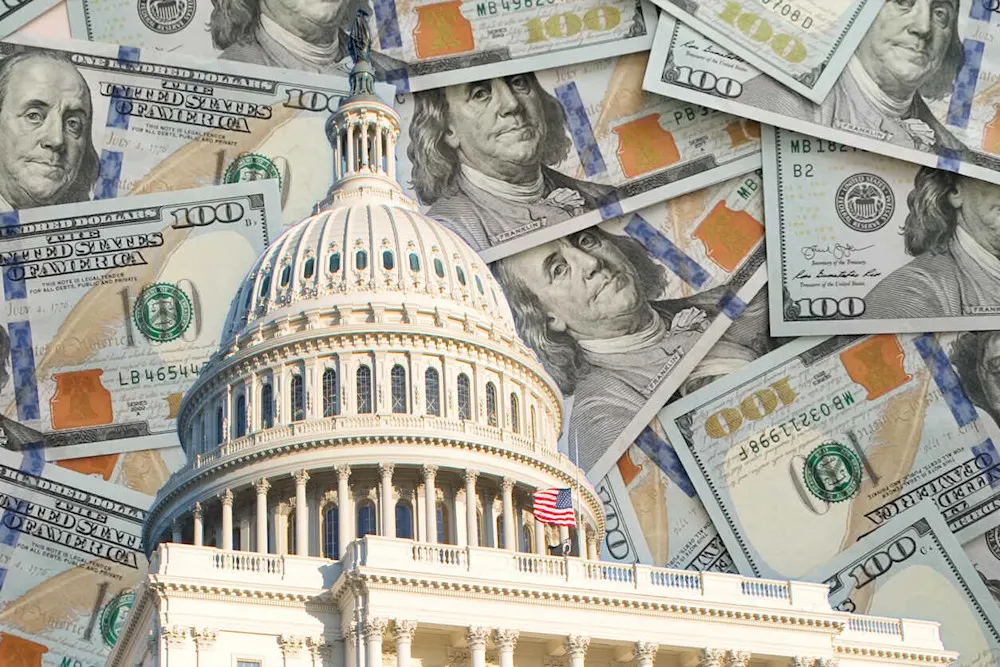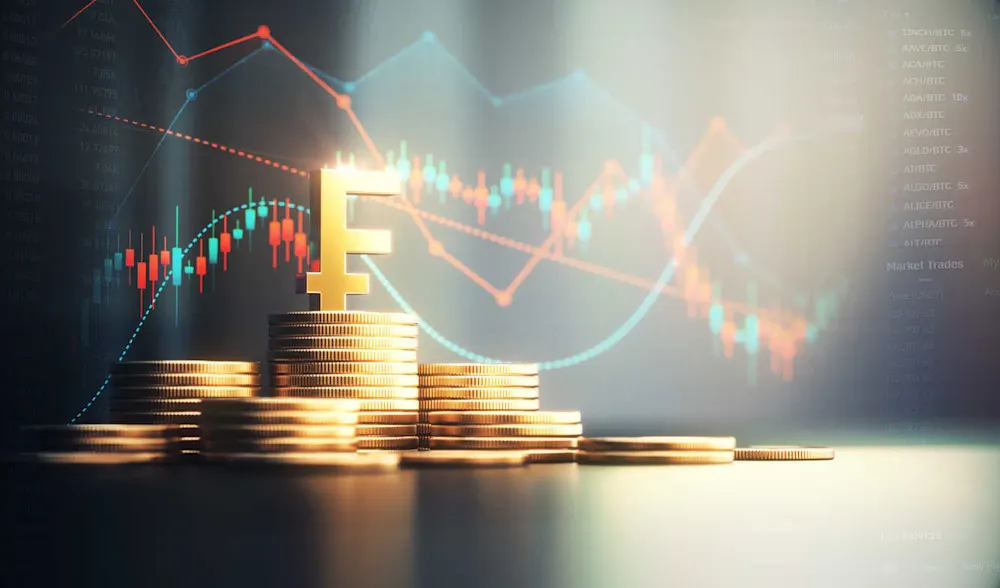A few mornings ago, I saw a headline that stopped me mid-sip of coffee: “The Dollar Has Its Worst Start to a Year Since 1973.” The New York Times reports it is down more than 10% so far in 2025.
This isn’t just an odd blip on the chart. It’s the result of long-term trends converging at once: high debt levels, a shifting global trade landscape, and growing questions about the U.S. dollar’s role as the world’s reserve currency.
Let’s unpack what’s driving this, and what you can do to protect the wealth you’ve worked hard to build.
How to Move Out of the U.S.
How to Move Out of the U.S.
In all sorts of beautiful, welcoming, culturally rich, saner places around the world, you can live well from $2,000 a month (all in, housing included). Sign up for our free daily IL Postcards e-letter and we’ll immediately send you a free report on the WORLD’S # 1 RETIREMENT HAVEN— plus 9 more spots you should have on your radar. Each day, you’ll earn about the best places to move to, retire, travel, buy real estate, and enjoy a good life for less, overseas.

By submitting your email address, you will receive a free subscription to IL Postcards, Overseas Dream Home, The Untourist Daily and special offers from International Living and our affiliates. You can unsubscribe at any time, and we encourage you to read more about our Privacy Policy.
A Weaker Dollar: What’s Behind It
First, tariffs. Washington’s renewed push for broad, higher tariffs may sound good on paper if you’re trying to boost domestic industries. But in practice, tariffs can discourage trade partners and make foreign investment less attractive.
Second, debt. The U.S. national debt is now over $35 trillion. As that number grows, so does the cost to service it. Higher debt means more dollars have to be borrowed, often from foreign investors. If they start to doubt that they’ll be repaid in full, they look elsewhere.
Third, the shift away from the dollar. For decades, the U.S. dollar has been the backbone of global trade, especially for oil. Now, major economies like China, India, and Brazil are settling more of their trade in other currencies. A trickle here and there doesn’t seem like much. But over time, it adds up, reducing demand for dollars globally.

I’ve Been Sounding This Alarm for Ages
Though this narrative rarely appears above the fold in the mainstream press, I’ve written for years about how tariffs, rising debt, and the slow global shift away from the petrodollar would catch up with us.
If you want the receipts, see The World Dumps Trump’s Dollar and A Global Coup Against America. Or go further back — What Will Become of the Dollar?, King of the Currencies No More?, and 4 Fallouts From a Weaker Dollar lay out exactly how we got here.
Why a Weaker Dollar Matters in Your Everyday Life
A weaker dollar doesn’t mean the end of the world, but it does mean higher costs for you. When the dollar buys less on global markets, the price of imported goods tends to rise. That affects everything from fuel to food to electronics.
For those living on a fixed income, or relying on dollar-denominated savings, this slow erosion can feel like a hidden tax.
What I Do to Reduce This Risk, You Can Do, too

I see a declining dollar the way I see any other risk: worth insuring against. For me, that means holding part of my savings in assets that historically hold their value when the dollar slips.
Here’s what’s in my “lifestyle insurance” plan:
Gold
I own physical gold and a mix of well-chosen gold stocks. I don’t view gold as a speculation but as an insurance policy. For centuries, gold has been a store of value when fiat currencies weaken.
Bitcoin
I see Bitcoin as another form of insurance. It’s a scarce asset outside government control. While it’s more volatile than gold, its role as a decentralized store of value gives it a place in my portfolio.
Swiss Francs
Switzerland has a long track record of fiscal responsibility and a stable currency. I hold some francs as an additional layer of protection.
Diversification Abroad
Part of protecting wealth means being open to holding assets offshore. That could be a foreign bank account, a small rental property abroad, or other holdings that give you exposure outside the dollar system.
You Don’t Need to Bet the Farm
This isn’t about predicting disaster. It’s about sensible preparation. No one knows exactly where the dollar will be a year or five years from now. But the trends — higher debt, shifting trade, and new geopolitical tensions — all point to a less dominant dollar over time.
You don’t need to go all-in on any single strategy. Even moving a small slice of your net worth into real assets can help balance out the risk of a weaker currency.
Don’t Wait for the Come-to-Jesus Moment
Some folks are going to read this and scoff: “That’s too extreme. The dollar’s not going to zero.”
No, it’s not. But it doesn’t have to. Your dollar doesn’t need to die dramatically. It’s dying slowly, by a thousand paper cuts. And the more you sit and hope it’ll rebound magically, the more your savings are eroded every time you pull out your wallet.
So, here’s my parting advice: protect your wealth now, before you need to. Nobody regrets buying fire insurance when their house doesn’t burn down. They only regret not buying it when the flames are licking the windows.
Better to prepare now than scramble later. A little insurance today can save you a lot of trouble tomorrow.
Editor's Note: Jeff Opdyke, based in Portugal, spent 17 years covering personal finance and investing for The Wall Street Journal, writing a weekly column reaching 10 million readers. He has also written 10 books on personal finance, investing, and working as a digital nomad. A keen traveler, Jeff has visited 77 countries so far and has invested around the world. For guidance from Jeff about how you, too, can use global strategies to shore up and grow your portfolio, sign up for his daily e-letter, Field Notes—free right here.
How to Move Out of the U.S.
How to Move Out of the U.S.
In all sorts of beautiful, welcoming, culturally rich, saner places around the world, you can live well from $2,000 a month (all in, housing included). Sign up for our free daily IL Postcards e-letter and we’ll immediately send you a free report on the WORLD’S # 1 RETIREMENT HAVEN— plus 9 more spots you should have on your radar. Each day, you’ll earn about the best places to move to, retire, travel, buy real estate, and enjoy a good life for less, overseas.

By submitting your email address, you will receive a free subscription to IL Postcards, Overseas Dream Home, The Untourist Daily and special offers from International Living and our affiliates. You can unsubscribe at any time, and we encourage you to read more about our Privacy Policy.
